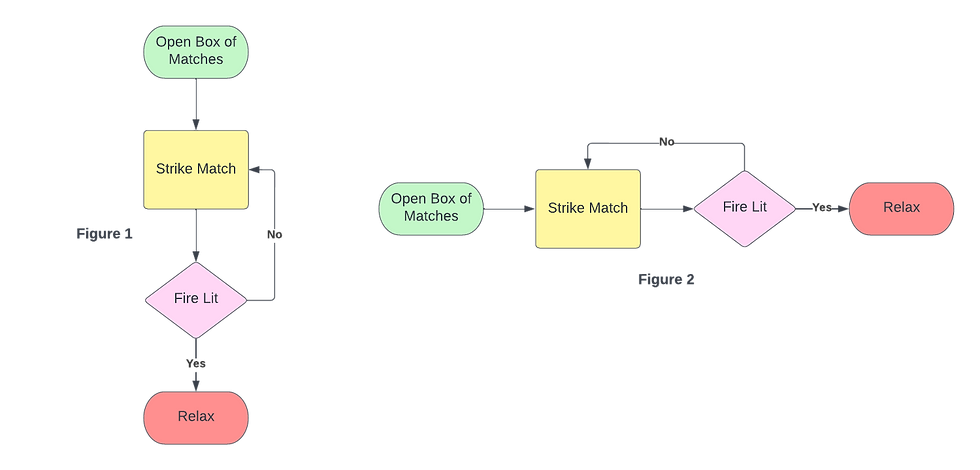
Introduction
The SOP is a key component of an organization's document control system. It's a way for teams to follow a consistent process and ensure that the same tasks are completed in each project. The following tips will help you make your SOPs badass, so you're sure that you're getting the most out of them:
Title Page
Title of Procedure
Name of the organization
Numerical Identifier of Procedure
Date of Publication and Version
Author(s)
Table of Contents
Your table of contents should be a list that helps the reader navigate through your SOP. It should be easy to read and have a logical order, but not too concise. The more specific you are in your TOC, the easier it is for readers to find what they're looking for. It's best if you include all sections of your SOP in this section:
Purpose
Scope
Prerequisites
Responsibilities
Procedure
Flowchart
References
Definitions
Revisions and Approvals
Purpose
It’s a good idea to start by explaining why this SOP is needed. What problem does it solve? How will it help the business? Why do you expect this document to be useful for employees, managers, or executives?
You should also include an overview of the different sections of your SOP and what each one includes in your Purpose section. This way, readers know what they can expect from reading through your document.
Scope
You'll want to be sure that your SOP is not too broad, but also not too narrow. You don't want to have an SOP that covers every minute detail of something (and then some), but you also don't want one that's so vague it leaves things up for interpretation.
It's important that your SOP be clear about what is out of scope for the process being documented. If you're documenting a new procedure or process, this will help limit confusion among people who are trying to follow along with it. It may seem like common sense at first glance, but there are several ways in which an unwary writer could accidentally leave something out when they aren't paying close attention—and remember: these documents get read multiple times by multiple people!
Prerequisites
Prerequisites are the things you have to do before performing a procedure. They're essential for success and should be listed in order of importance and required time so that you can get started as soon as possible.
Responsibilities
In your SOP, you need to specify who is responsible for each step, who is responsible for the final outcome, and who is responsible for reviewing/approving the document. You should also make it clear who is responsible for ensuring the document is up to date.
Procedure
In a procedure, you can describe how to do each step in detail. The first step is to [do something]. Then, you need to [do something else]. Once you have done that, it's time for [yet another thing], which should help you reach your goal of [something else].
If there are any problems along the way, it may be useful for a procedure to include some troubleshooting tips. For example: "If the system doesn't work after following these steps, try rebooting."
Flow Chart
Flow charts are a diagrammatic representation of the steps or stages in a process. They have been used for centuries to help people understand and follow processes, whether they’re business processes or scientific experiments. Flow charts can be very simple and easy to follow—like this one depicted vertically in Figure 1 and horizontally in Figure 2:

References
Documents or procedures that interface with the SOP should be fully referenced such as:
related SOPs
published literature
methods manuals
checklists
other related documents or resources
websites
Definitions
As you write your SOP, you will probably use several terms that have a special meaning. You may not always remember to define those terms in the text of the document, but when you do so they can make it much easier to understand what follows. For example, if someone is new to the field of marketing research and has never seen an n-of-1 study before, they may not know what "n" means or why it's important. By defining this term in your SOP (i.e., "an n-of-1 study is one where each participant receives individualized treatment"), everyone will be on the same page from the beginning of their reading experience onward.
Revision and Approval History
A helpful way to think about this is in terms of revision history. You can add a section to your document that lists all the changes made since it was originally submitted, including who requested them and whether they were approved or rejected. This way, you'll know exactly why every single word in your SOP was changed.
We have had success using a table for this section. This allows you to neatly track who made what changes. This comes in handy when you want to thank them for doing something good, and who to go to when clarifications are needed.
Conclusion
So, there you have it! A few quick tips that have helped us in our writing and will hopefully help you. I know this is a lot to take in, but don't worry—you'll be on your way to writing SOPs like a pro in no time. We hope these tips were helpful and feel free to check out other subjects we've written about in our blog. If you want more advice on how to create amazing processes for your business, contact us today!

Comments